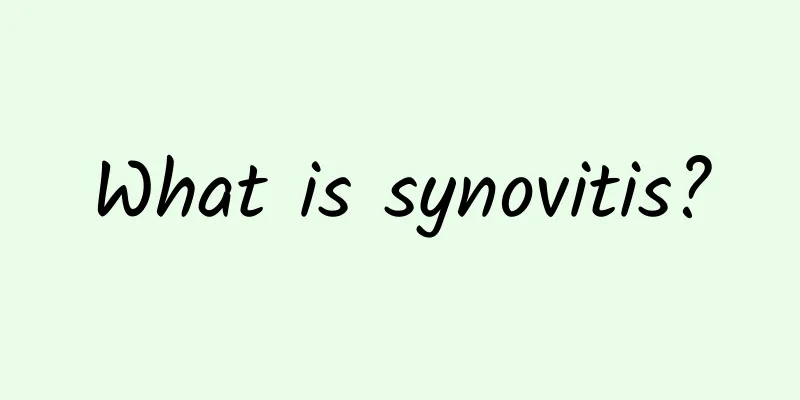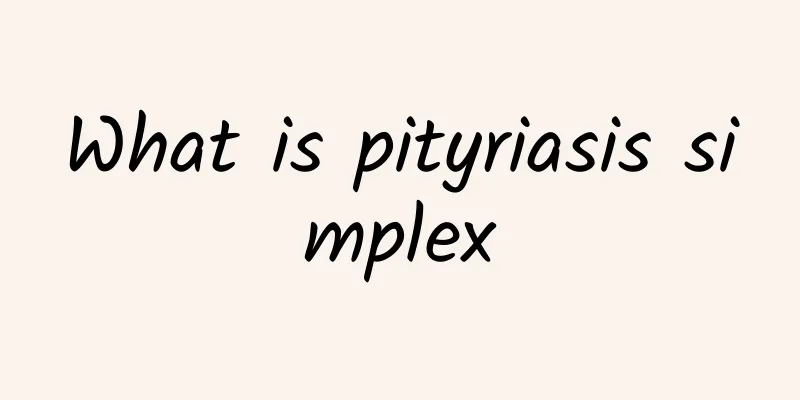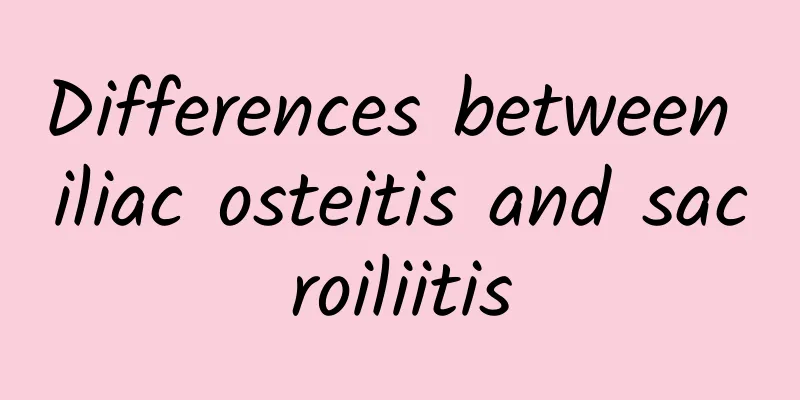What is synovitis?

|
Synovitis is an inflammation of the synovium of a joint, often caused by trauma, overstrain, infection or other systemic diseases, resulting in pain, swelling and limited mobility in the joint area. To understand its specific cause, it is necessary to analyze multiple factors such as genetics, environment, physiology and pathology, and take timely treatment to relieve symptoms and prevent further deterioration. 1. Genetic factors: Although synovitis is not a strictly genetic disease, some people may have a family history and genetic characteristics that make the synovium in the joint area more sensitive to inflammation. For example, some rheumatic diseases such as rheumatoid arthritis may have a genetic chance. In this case, genetic factors increase the risk of synovitis. For people with a family history of the disease, regular joint health checks are recommended for early detection and early intervention. 2 Environmental factors: High humidity, low temperature, frequent vibration and bad posture during work can easily induce repetitive strain or inflammatory response of synovium. For example, occupational or sports activities such as long-term standing and strenuous exercise may cause long-term pressure damage to the synovium, eventually leading to inflammation. In view of environmental triggers, it is recommended to avoid working in cold and humid environments, use knee pads appropriately, and adjust the amount of exercise scientifically. 3 Physiological factors: Degenerative changes such as aging are also important causes of synovitis. For middle-aged and elderly people, especially those with long-term weight-bearing knee joints, the synovium is prone to inflammation due to insufficient lubrication or joint degeneration. Such patients need to develop early maintenance habits, such as consuming a diet rich in collagen and vitamin D to enhance joint function. In addition, regular warm water foot baths and gentle joint movements can effectively relieve synovial inflammation. 4 Traumatic factors: The synovium may be damaged after acute trauma such as a fall or collision, resulting in local bleeding and swelling, which may further develop into inflammation. Patients should immediately apply cold compresses, reduce activity, and seek medical attention as soon as possible after injury. If synovitis is confirmed, nonsteroidal anti-inflammatory drugs such as ibuprofen or naproxen can be used to relieve symptoms, and rehabilitation therapy can be combined to speed up recovery if necessary. 5 Pathological factors Other diseases cause: Some systemic diseases such as gout, rheumatoid arthritis or infectious arthritis may also induce pathological inflammation of the synovium. For example, gout patients have acute inflammation caused by uric acid crystal deposition irritating the synovium; rheumatoid arthritis manifests as synovial destruction caused by immune attack. Pathological synovitis requires early combined medication under the guidance of a doctor, such as methotrexate and glucocorticoids to control the condition. Treatment recommendations include medication, physical therapy, and lifestyle adjustments: ① Drug treatment: Common ones include non-steroidal anti-inflammatory drugs (NSAIDs), such as ibuprofen and diclofenac sodium, which are used to relieve pain and inflammation; severe cases may require injection of corticosteroids. ②Physical therapy: Patients can choose hot compress, ultrasound, laser and other methods to promote inflammation reduction and blood circulation; physical rehabilitation training such as strengthening leg muscle training can also help stabilize the joints. ③Dietary adjustment: Foods rich in anti-inflammatory ingredients such as deep-sea fish, walnuts, flax seeds, and fruits and vegetables rich in vitamins C and D are of positive significance for daily conditioning of joint synovitis. If the symptoms of synovitis persist for a long time, you should see a doctor as soon as possible to identify the cause and take targeted treatment. Through comprehensive intervention, most patients can restore normal joint function and improve their quality of life. |
<<: What to do if back fasciitis is unbearable
>>: Can congenital spinal deformity be cured?
Recommend
Can I eat sweets if I have breast cysts?
People with breast cysts can eat sweets in modera...
Does Panax notoginseng have any effect on cysts?
Panax notoginseng cannot directly treat cysts, bu...
Can Chinese medicine cure gallstones?
Traditional Chinese medicine may have an auxiliar...
Do liver cysts need surgery?
Liver cysts usually do not require surgical treat...
What causes bone spurs on the body and how to treat them
Bone spurs are bone hyperplasia caused by bone de...
What are the commonly used treatments?
When facing a disease, it is very important to un...
How long does it take for a 10 cm high perianal abscess to heal?
It usually takes 2 to 3 weeks for a high perianal...
How to eliminate breast cysts
Breast cysts are usually benign hyperplasia, whic...
Symptoms of perianal abscess inflammation
The symptoms of perianal abscess inflammation are...
What are the symptoms of breast nodules
Breast nodules are mostly benign, but if any abno...
What kind of people are prone to anal fistula?
Anal fistula is a disease in which the tissues ar...
How long can you live after adrenal tumor removal?
The survival time after adrenal tumor resection v...
Can I turn over if I have lumbar disc herniation?
Lumbar disc herniation is usually caused by degen...
What to do if your skin becomes red due to mastitis
The main symptoms of mastitis may be redness, swe...
How big is breast cyst cancer?
Breast cysts are essentially benign lesions and t...









